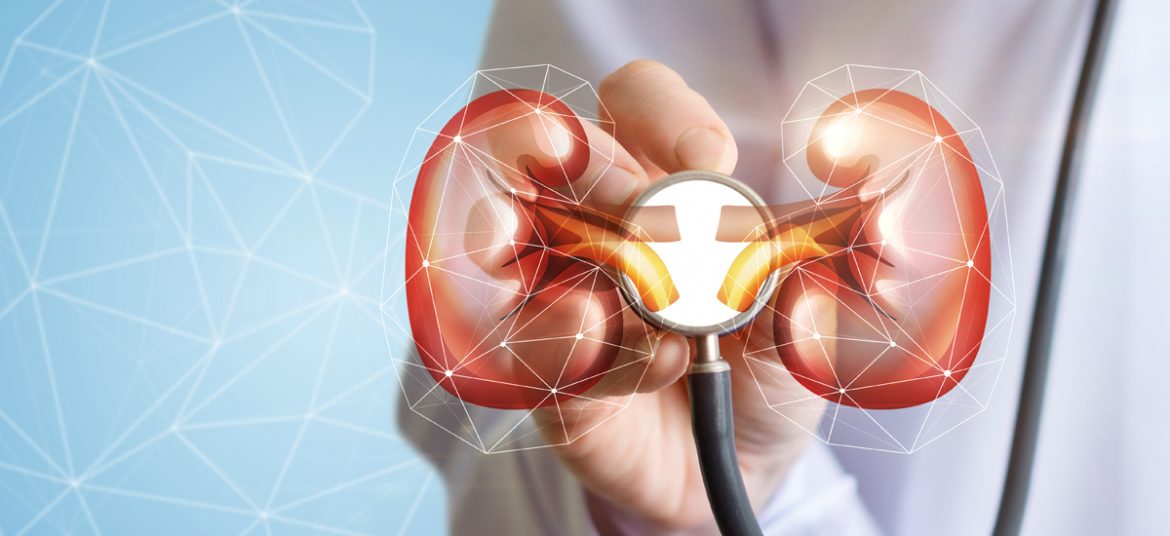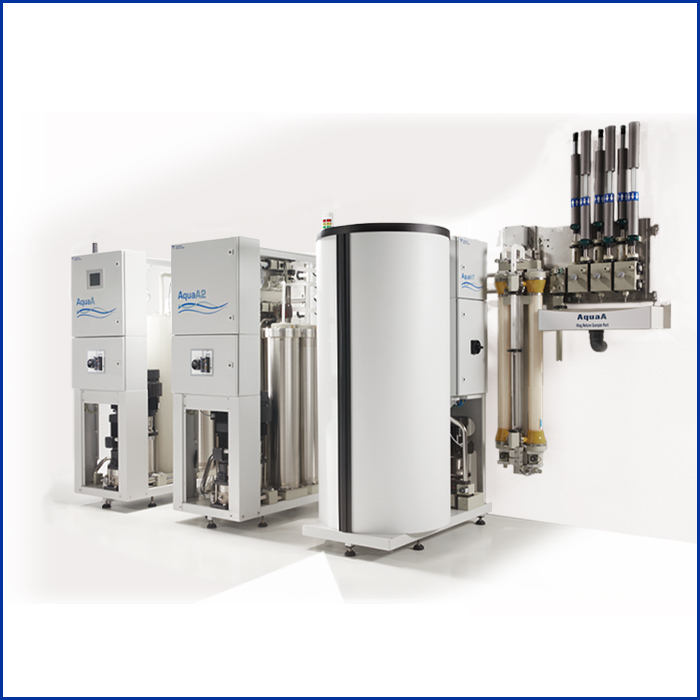
OUR CHIEF MEDICAL OFFICERS WEIGH IN ON THE LATEST TECHNOLOGIES AND HEALTHCARE INNOVATIONS THAT HAVE THE MOST POTENTIAL TO TRANSFORM PATIENTS’ LIVES THIS COMING YEAR.

1. The Move to Value Based Care
Terry Ketchersid, MD, MBA
Senior Vice President and Chief Medical Officer, Integrated Care Group
In a value based model of care, healthcare providers are free to be more innovative about improving care for the whole patient, while at the same time reducing overall costs.
In the past decade, we have seen the number of renal patients participating in new models of value based care grow by the tens of thousands. New proposals such as the Dialysis PATIENTS Demonstration Act would truly revolutionize the way dialysis is paid for with the potential to improve lives, accelerating our efforts to reduce hospitalizations and readmissions.
When a medical provider does the right thing and avoids a hospital stay in a fee-for-service environment, the financial benefits typically accrue to the payor. The healthcare economics change to the benefit of our patients in a value based program. For example, a new innovative catheter cap has been shown to reduce infections. These more expensive caps are cost prohibitive in a fee-for-service model. But in a value based model, we would be free to implement this higher cost cap to reduce infections and hospitalizations and be rewarded for improving overall patient outcomes.
We are at an exciting time for the move to value based care for people with End Stage Renal Disease, as the success of these new programs is being realized. This effort to better coordinate care is now ready to come off the test track and hit the road.

2. The Home Dialysis Evolution
Jeffrey Hymes, MD
Senior Vice President and Chief Medical Officer, Fresenius Kidney Care
Newer technology that makes it even easier for patients to dialyze at home continues to evolve at Fresenius Medical Care, and the importance of innovation in this area is reflected in the recently announced and pending acquisition of NxStage, a manufacturer of at-home hemodialysis machines.
There is increasing recognition of the benefits of home dialysis. These advantages include convenience, independence, privacy and a sense of autonomy for the patient. We are committed to making home dialysis available to every patient for whom this therapy is appropriate. We have a goal of seeing 15 percent of treatments on home dialysis by 2022.
The options continue to increase for patients whether they choose at-home hemodialysis or at-home peritoneal dialysis. And in the past couple years, Medicare has stepped up to encourage more patients to try at-home dialysis and support more training so patients can be successful.
With a renewed focus on patient education and technological innovation, we expect an even greater number of patients to seek out the flexibility and benefits of home dialysis.

3. Improved Vascular Access for Hemodialysis
Murat Sor, MD
Chief Medical Officer, Azura Vascular Care
More reliable and less invasive vascular access for patients requiring hemodialysis has the potential to improve patient outcomes.
A vascular access is a hemodialysis patient’s lifeline and makes life-saving hemodialysis treatments possible. Two types of hemodialysis vascular access designed for long-term use include the arteriovenous fistula (AVF) and the AV graft (AVG). A third type of vascular access—the central venous catheter (CVC)—is primarily intended for short-term use due to the number of complications related to this type of access.
Both the AVF and the AVG have significantly better outcomes and less complications than the CVC. An important goal is minimizing or eliminating the length of time that these patients are exposed to the CVC as their access. In the recent past there have been two new techniques developed that have demonstrated the potential to aid in reaching this goal.
- Percutaneous Fistula Creation – Recently, percutaneous anastomosis devices have been developed as an alternative to surgical fistula creation, and early studies demonstrate promising results. Both percutaneous devices have been approved for use in Europe, but are still investigational in the United States.
- Bioengineered Blood Vessels – Bioengineered blood vessels have been created from human cells and may help reduce the reliance on CVC’s as a form of hemodialysis access. Promising research from Duke University has shown that that these human derived vessels may be more durable and safer than synthetic alternatives.

4. Creating Insight from Information
Frank Maddux, MD, FACP
Executive Vice President for Clinical and Scientific Affairs and Chief Medical Officer, Fresenius Medical Care North America
The opportunity to make better decisions and offer greater knowledge to patients and care providers is one of the most intriguing advances in medicine, ultimately helping patients live more productive and satisfying lives with their illnesses.
The ability to capture information directly and indirectly and apply advanced analytical techniques (often referred to as machine learning or artificial intelligence) is coming into its own in medicine. These mathematical methods of capturing and extracting nuggets of critical insight will help provide people living with chronic illness more informed decisions on options for therapy, medication and clinical care.
The capture of data from sensed devices used to deliver therapy can offer better insight into the state of the patient and their unique responses to their illness. This information may be physiologic data, environmental data or functional information about how the individual is coping with their disorder. When aggregated together with laboratory results, medical observation and physical examination, this system can generate a true picture of all options to help the patient.
This entire experience of care should be seen not only as therapeutic, but as a wealth of diagnostic information that will help us to make personalized and more precise care choices to achieve the best outcome in the most effective and efficient manner. This is a great time to be involved in this revolutionary thinking that is changing our lives in many ways including how we address health challenges in our patients with chronic illnesses.

5. Reducing the Pill Burden and Better Phosphate Control
Robert J. Kossmann, MD
Senior Vice President and Chief Medical Officer, Renal Therapies Group
Reducing the pill burden for dialysis patients has the opportunity to improve a patient’s quality of life. Drugs that help patients better manage phosphate levels with fewer pills is something that may also help reduce the risk of cardiovascular events and bone fracture.
Phosphate control is difficult for many. Dialysis patients take an average of 19 pills per day, with half of these pills being phosphate binders. These binders work like a magnet, attaching to phosphates in the gut before they can be absorbed, and thus effectively removing them.
Velphoro (sucroferric oxyhydroxide) is a novel, non-absorbable iron-based phosphate binder with high binding potency. A starting dose of three pills a day is approved for use in chronic kidney disease patients on dialysis. In two years of real-world data, treatment with Velphoro increased the number of dialysis patients able to reach recommended levels of serum phosphorus with half the number of pills (four to five) compared to the most common phosphate binder (eight to nine pills per day).
Velphoro is a phosphate binder indicated for the control of serum phosphorus levels in patients with chronic kidney disease on dialysis. Learn more about Velphoro, including important safety information, at velphoro.us/hcp.



